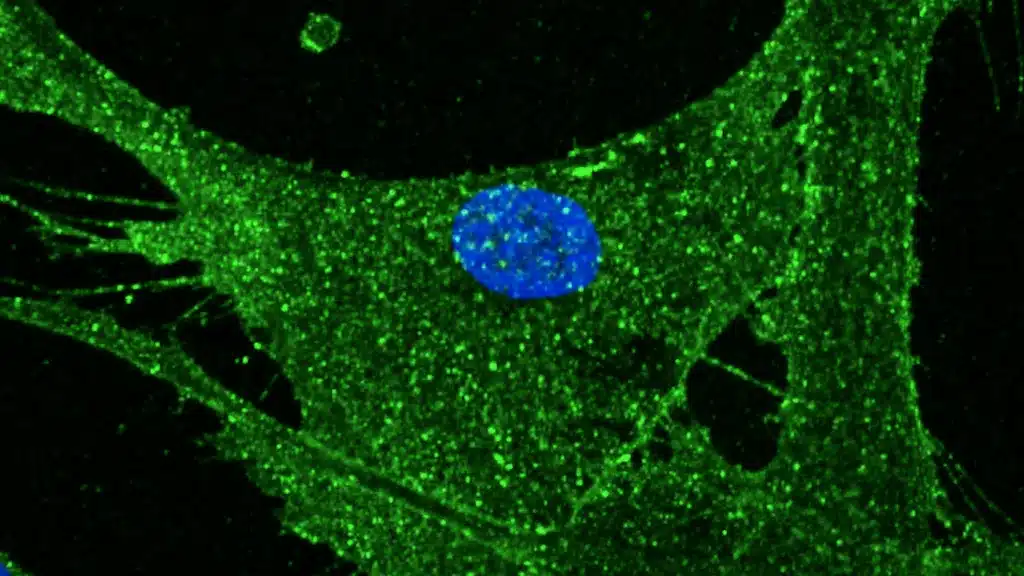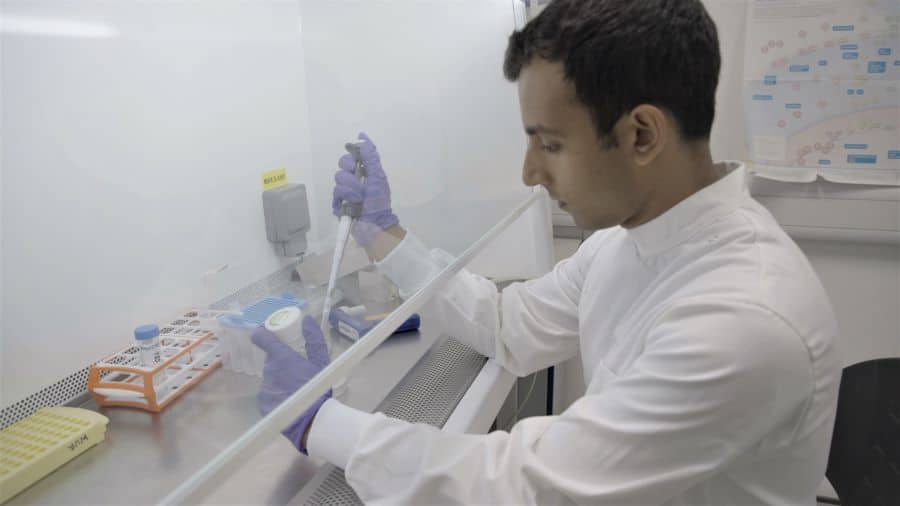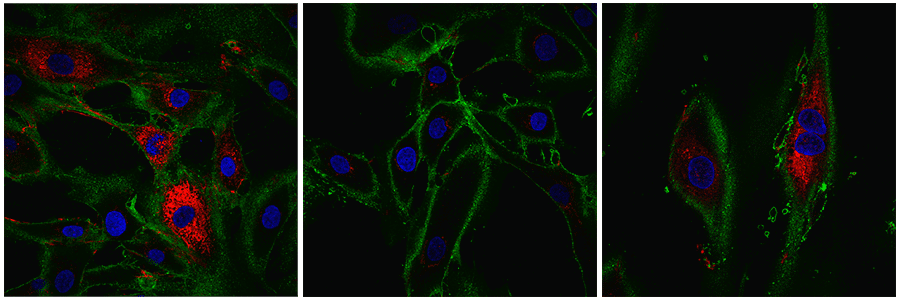In a groundbreaking advancement, researchers at Cambridge’s Babraham Institute have successfully rejuvenated the skin cells of a 53-year-old woman, making them comparable to those of a 23-year-old. This pioneering study opens new avenues in regenerative medicine and challenges our understanding of the aging process.

The team’s primary objective was to create embryonic stem cells from adult cells, building upon the work of Nobel Prize-winning researcher Shinya Yamanaka. In 2006, Yamanaka demonstrated that introducing four essential molecules could reprogram specialized adult cells into induced pluripotent stem (iPS) cells, capable of developing into any cell type in the body. This discovery revolutionized regenerative medicine by offering potential pathways for tissue repair and treatments for degenerative diseases.
Molecular biologist Wolf Reik, postdoctoral researcher Diljeet Gill, and their team at the Babraham Institute sought to refine this process. Instead of the traditional 50-day exposure to reprogramming molecules, they limited the treatment to just 13 days. Subsequently, the cells were allowed to grow under normal conditions. This modified approach effectively erased age-related changes in the skin cells, which temporarily lost their identity before resuming their function as skin cells. Notably, the treated cells closely resembled those of a 23-year-old, despite originating from a 53-year-old donor.

Restoring youthful function in cells represents a significant milestone in understanding the biological mechanisms of aging. As collagen—a crucial protein maintaining skin elasticity and structure—diminishes with age, its reduction leads to wrinkles and decreased skin firmness. The study’s successful reversal of this process suggests that aging may not be as irreversible as previously believed. This breakthrough holds promise for developing treatments targeting age-related conditions and enhancing tissue repair.
The announcement of this discovery elicited mixed reactions from the public, medical professionals, and the cosmetic industry. Many expressed excitement and hope, viewing this research as a potential solution to age-related ailments and aesthetic concerns. Discussions about the future of anti-aging treatments surged on social media platforms. However, experts in dermatology and regenerative medicine have urged caution. While acknowledging the study’s significance, they emphasize the need for extensive clinical trials to understand the long-term effects and safety of such treatments before applying them in human therapies.

Despite the promising results, direct clinical applications of this technology remain distant due to potential risks. The cellular reprogramming process could lead to unintended genetic alterations, increasing the risk of cancer. Therefore, further research is essential to ensure the safety and efficacy of these techniques before they can be integrated into medical treatments. Nonetheless, this study marks a pivotal step toward understanding and potentially mitigating the effects of aging, offering hope for future advancements in human healthspan.
